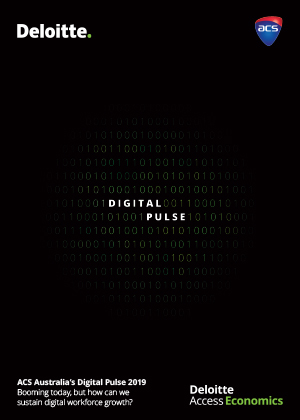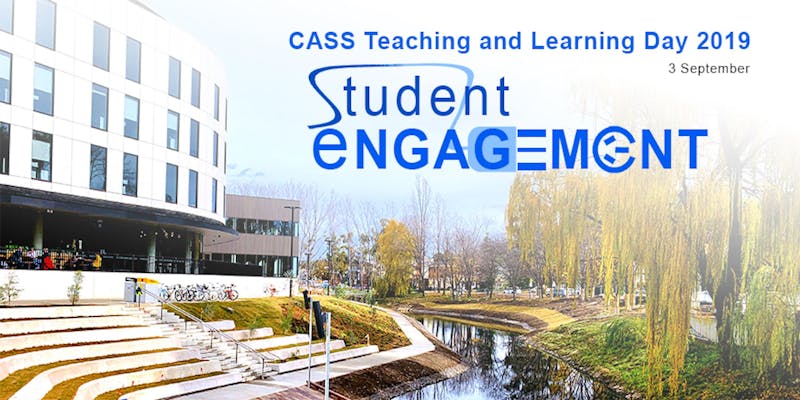However, VET and university can't be seamless, as they have different roles, and so provide different forms of education. Also while VET programs are nationally standardized, university courses and degrees are not. University offerings would need to be standardized between institutions, before they could be made seamless with VET. Universities offer courses and programs to meet different needs, making national standardization impractical, and not useful.
However, there could be some limited alignment within specific vocational discipline areas, such as computing. Australian universities and VET providers broadly follow international skills requirements for computing. Many universities are accredited by the Australian computer society. However, the computing body of knowledge is broad and can be offered in many different ways. It may be possible for a VET student who has completed an AQF qualification to get credit for a university degree, but detailed competencies and courses are not going to translate one for one.
Universities could move away from course structures to make their offerings more flexible. This would also make them more compatible with VET, by adopting some VET techniques. In particular universities could provide students with a table of skills and knowledge on enrollment. The student would be required to populate the table with evidence of having achieved everything required, to graduate. The student could enroll in conventional courses, and undertake research projects, presenting their assessment results as evidence. Alternatively the student could provide evidence of prior study, or work experience.
This approach is routinely used in VET, but is challenging for university academics, as they are not trained in how to assess in this way. Also university assessment is primarily designed to select students for advanced research work, with very finely graduated marking systems. VET mostly assesses students as "Competent" or "Not yet competent", with anything beyond competent being a waste of effort.


